ZHCSNR6G June 1999 – March 2023 LM2576 , LM2576HV
PRODUCTION DATA
- 1 特性
- 2 应用
- 3 说明
- 4 Revision History
- 5 Pin Configuration and Functions
-
6 Specifications
- 6.1 Absolute Maximum Ratings
- 6.2 ESD Ratings
- 6.3 Recommended Operating Conditions
- 6.4 Thermal Information
- 6.5 Electrical Characteristics: 3.3 V
- 6.6 Electrical Characteristics: 5 V
- 6.7 Electrical Characteristics: 12 V
- 6.8 Electrical Characteristics: 15 V
- 6.9 Electrical Characteristics: Adjustable Output Voltage
- 6.10 Electrical Characteristics: All Output Voltage Versions
- 6.11 Typical Characteristics
- 7 Detailed Description
- 8 Application and Implementation
- 9 Device and Documentation Support
- 10Mechanical, Packaging, and Orderable Information
封装选项
请参考 PDF 数据表获取器件具体的封装图。
机械数据 (封装 | 引脚)
- NDH|5
- NEB|5
- KTT|5
- KC|5
散热焊盘机械数据 (封装 | 引脚)
- KTT|5
订购信息
6.11 Typical Characteristics
(Circuit of Figure 8-3 and Figure 8-9)
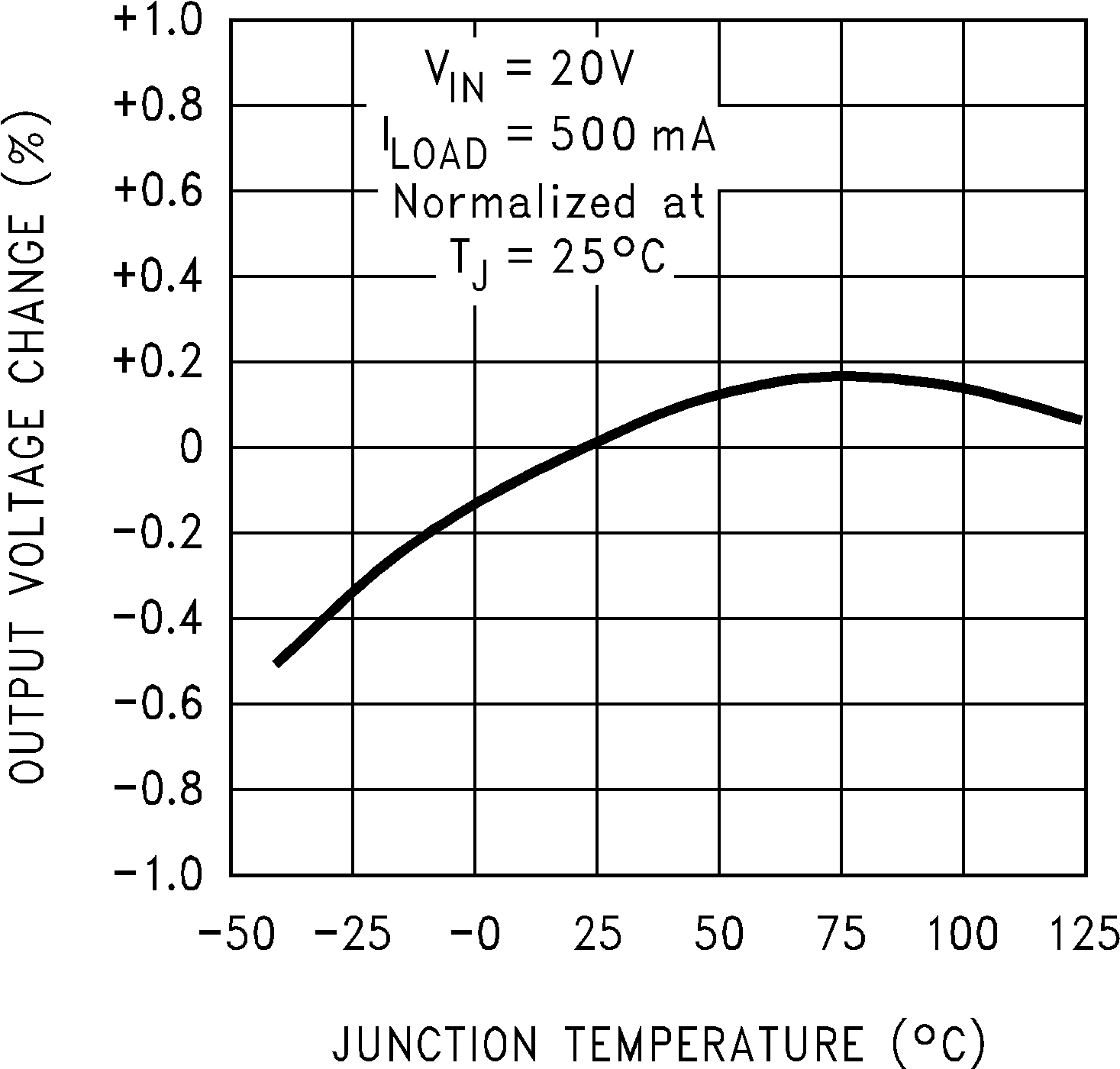
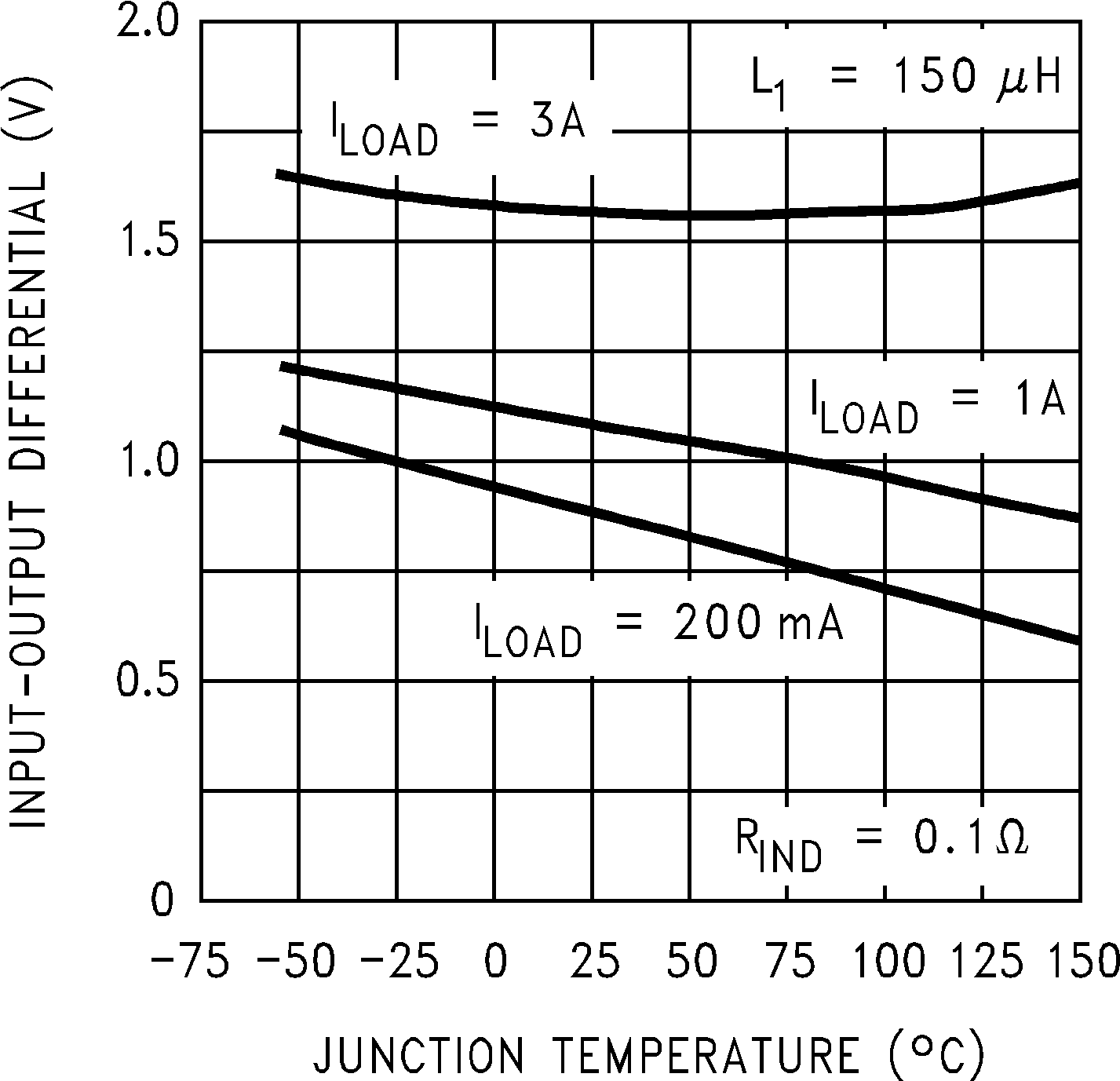
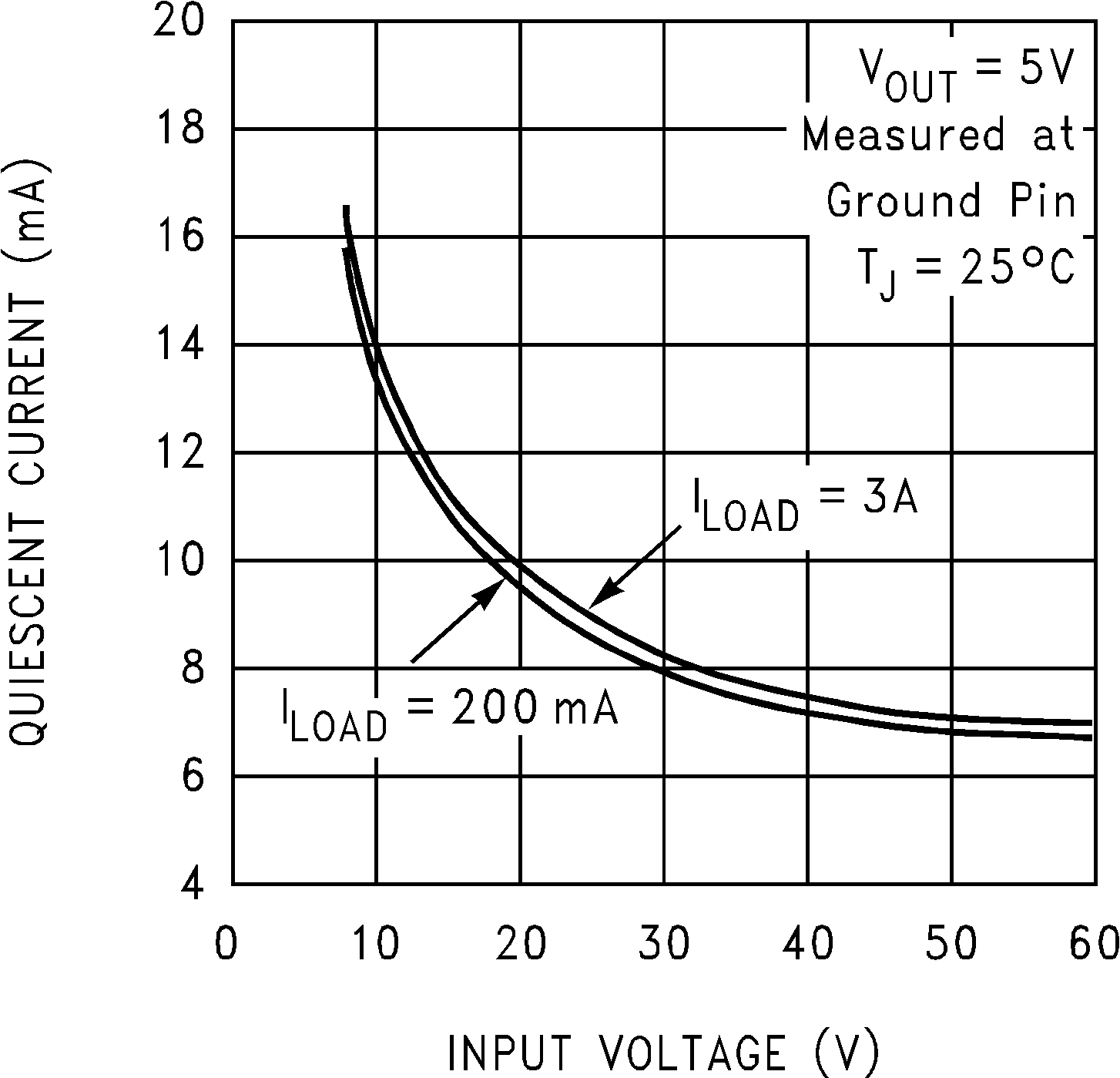
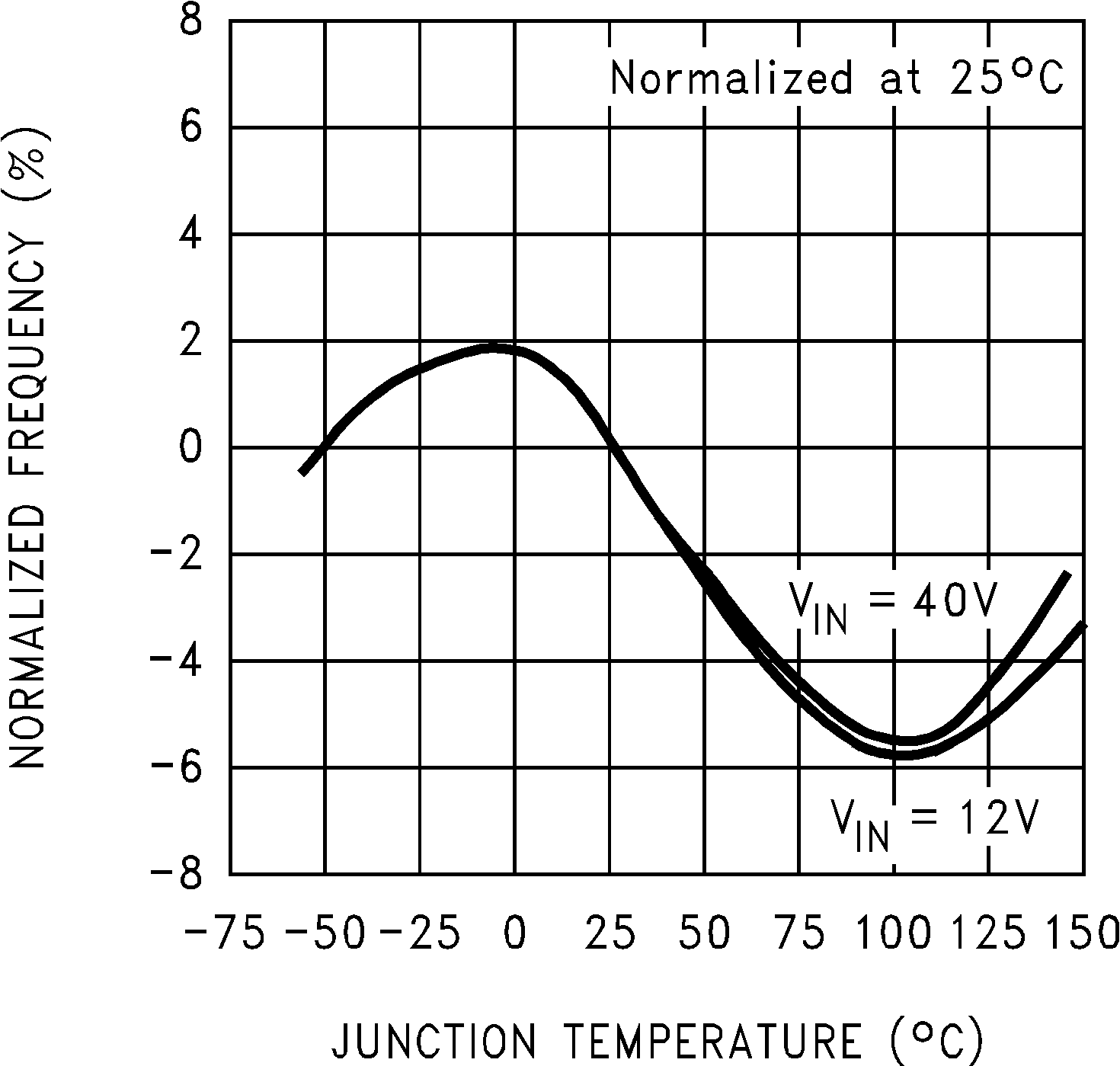
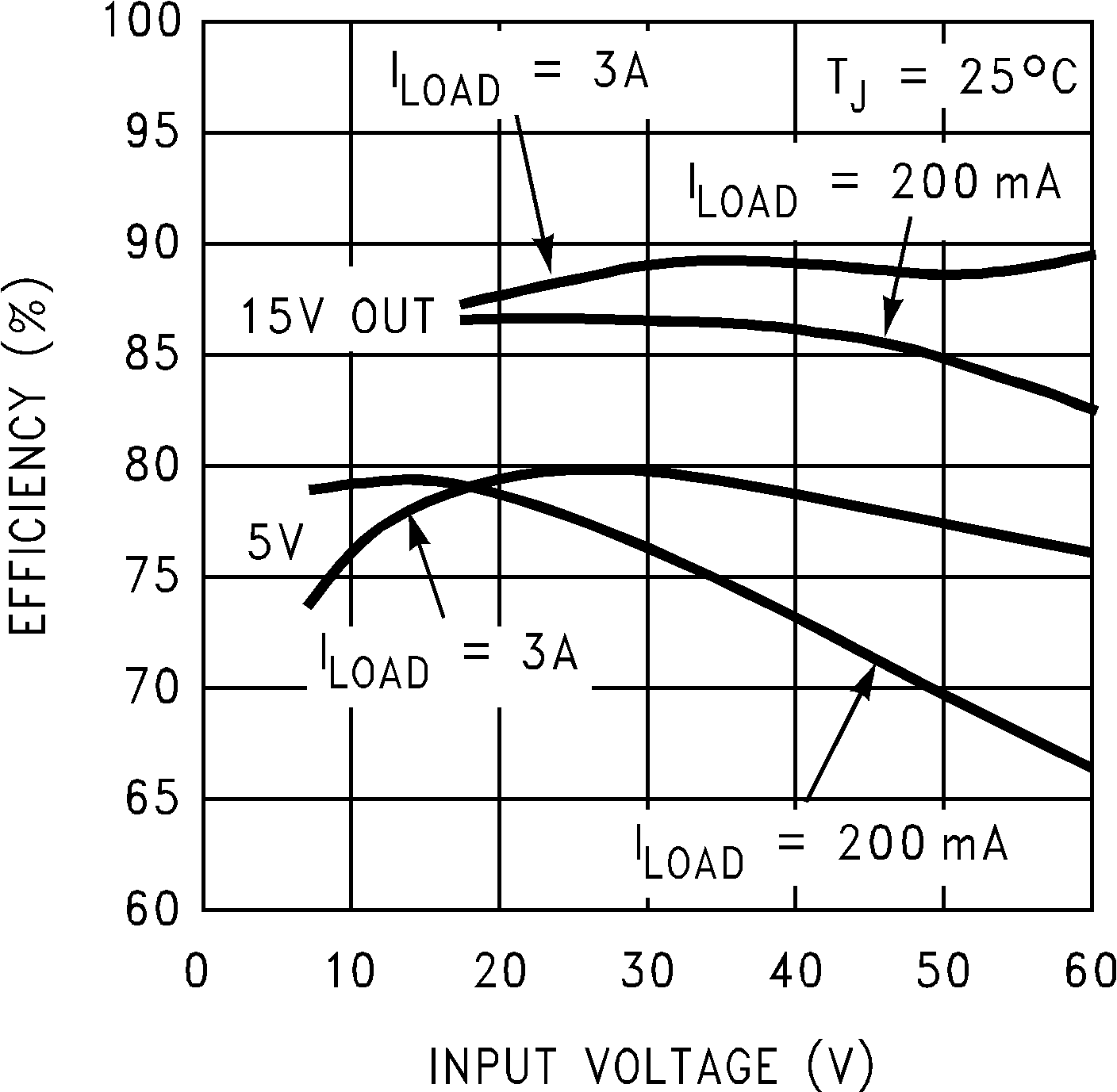
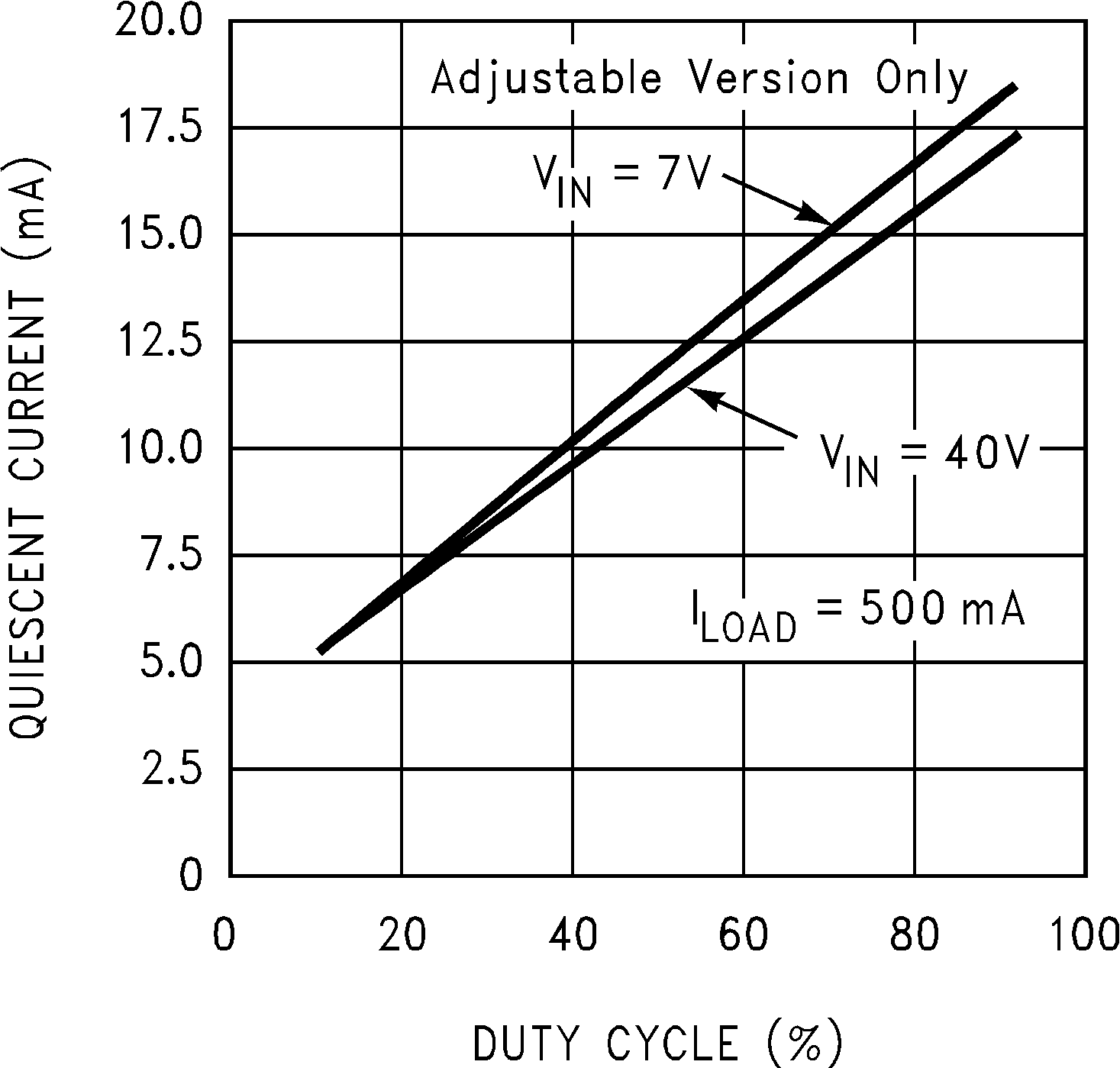
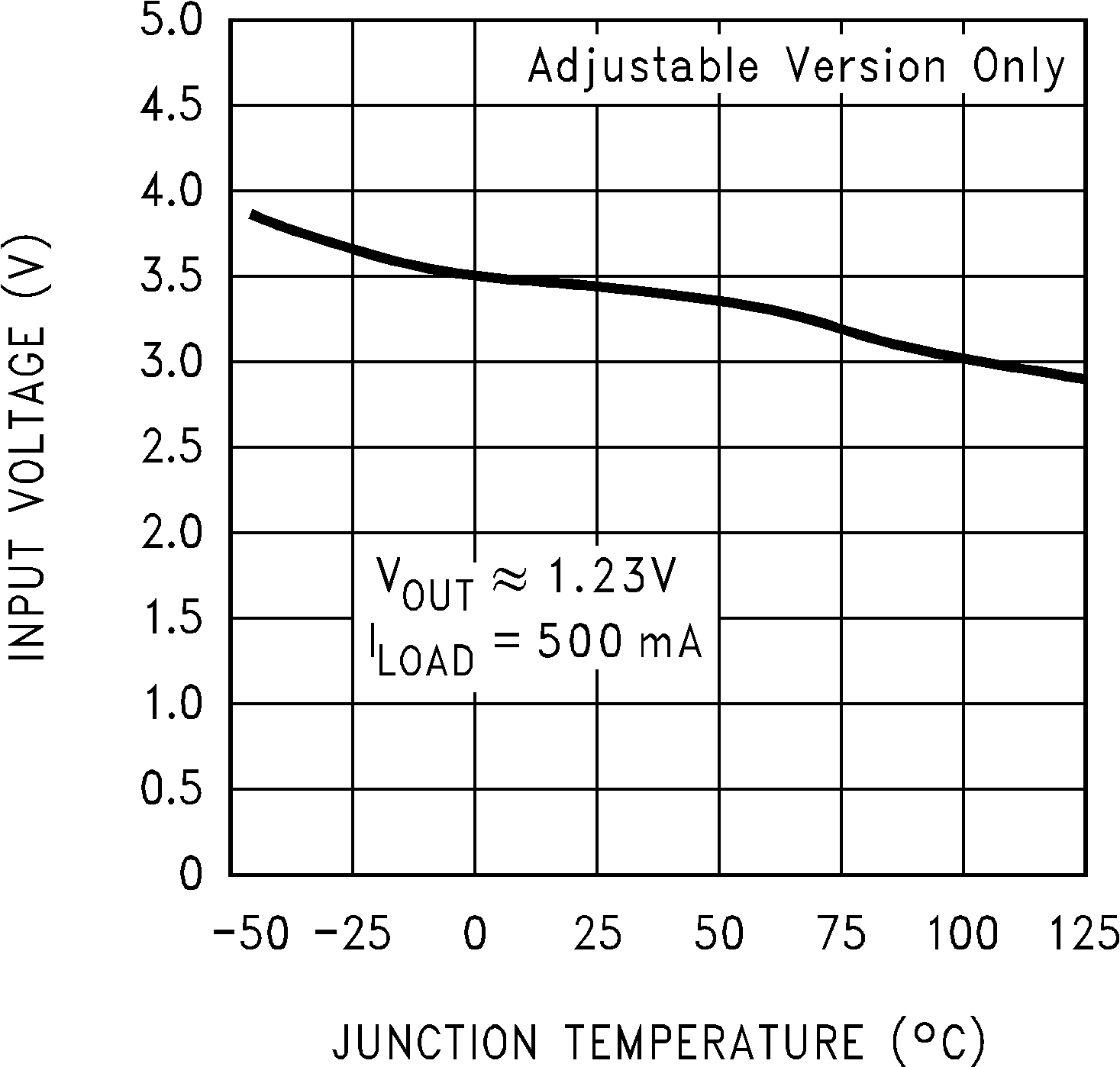
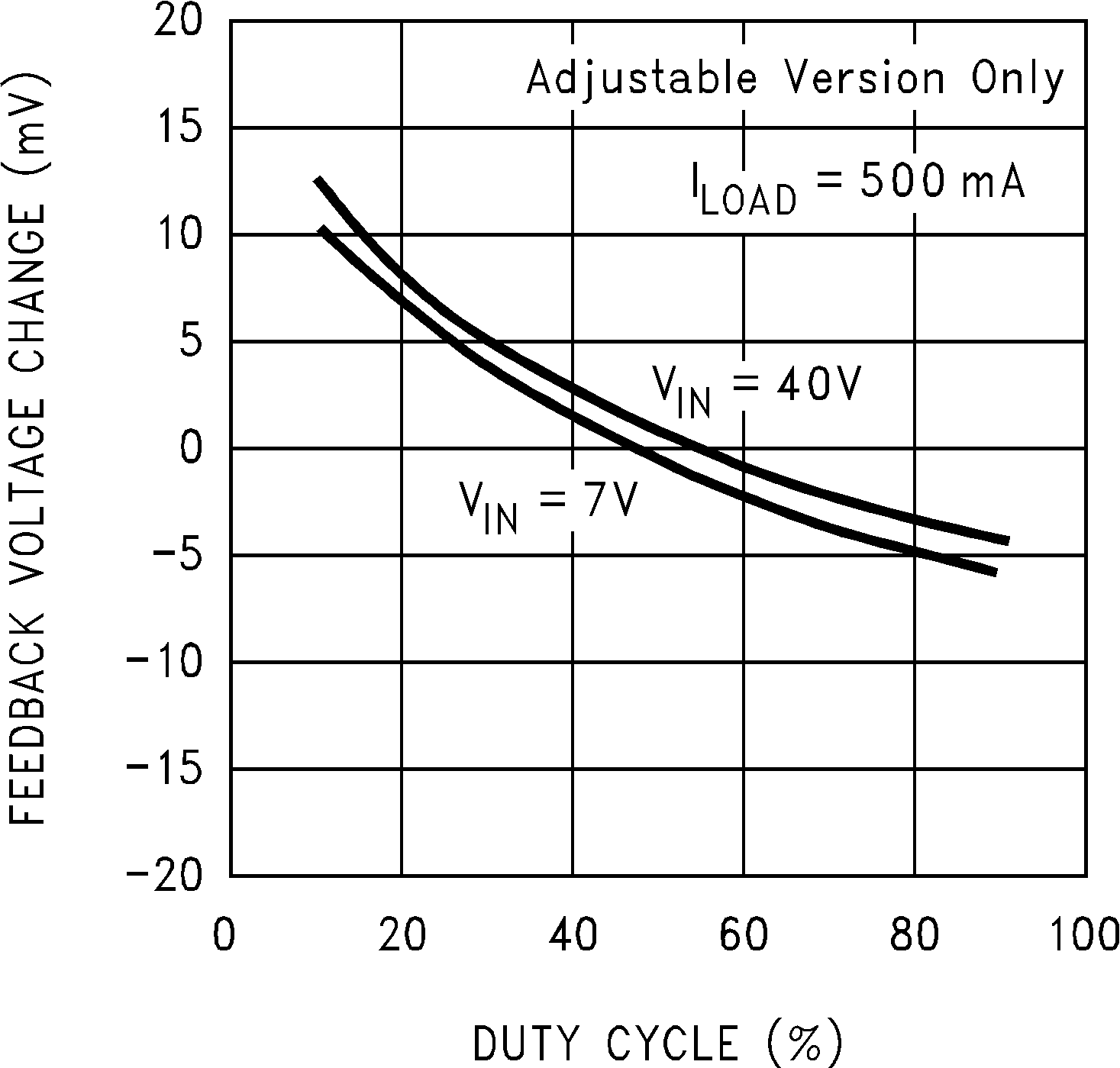
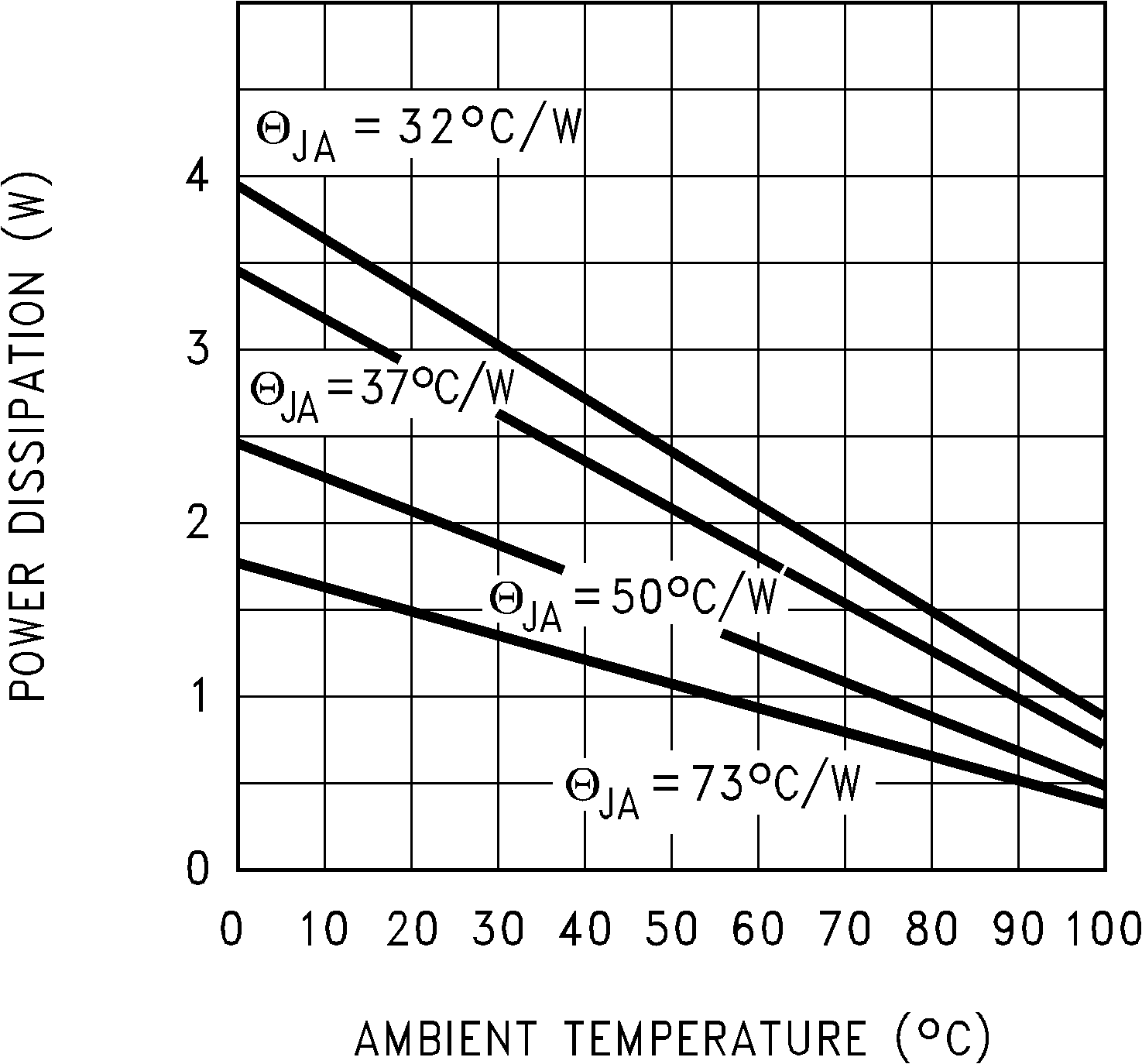
If the DDPAK/TO-263 package is used, the thermal resistance can be reduced by increasing the PCB copper area thermally connected to the package. Using 0.5 square inches of copper area, θJA is 50°C/W, with 1 square inch of copper area, θJA is 37°C/W, and with 1.6 or more square inches of copper area, θJA is 32°C/W.
Figure 6-17 Maximum Power Dissipation (DDPAK/TO-263)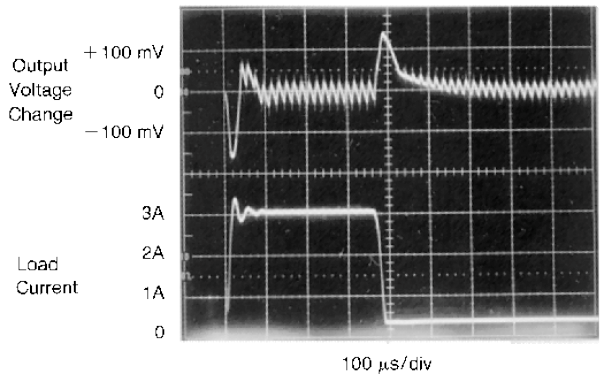
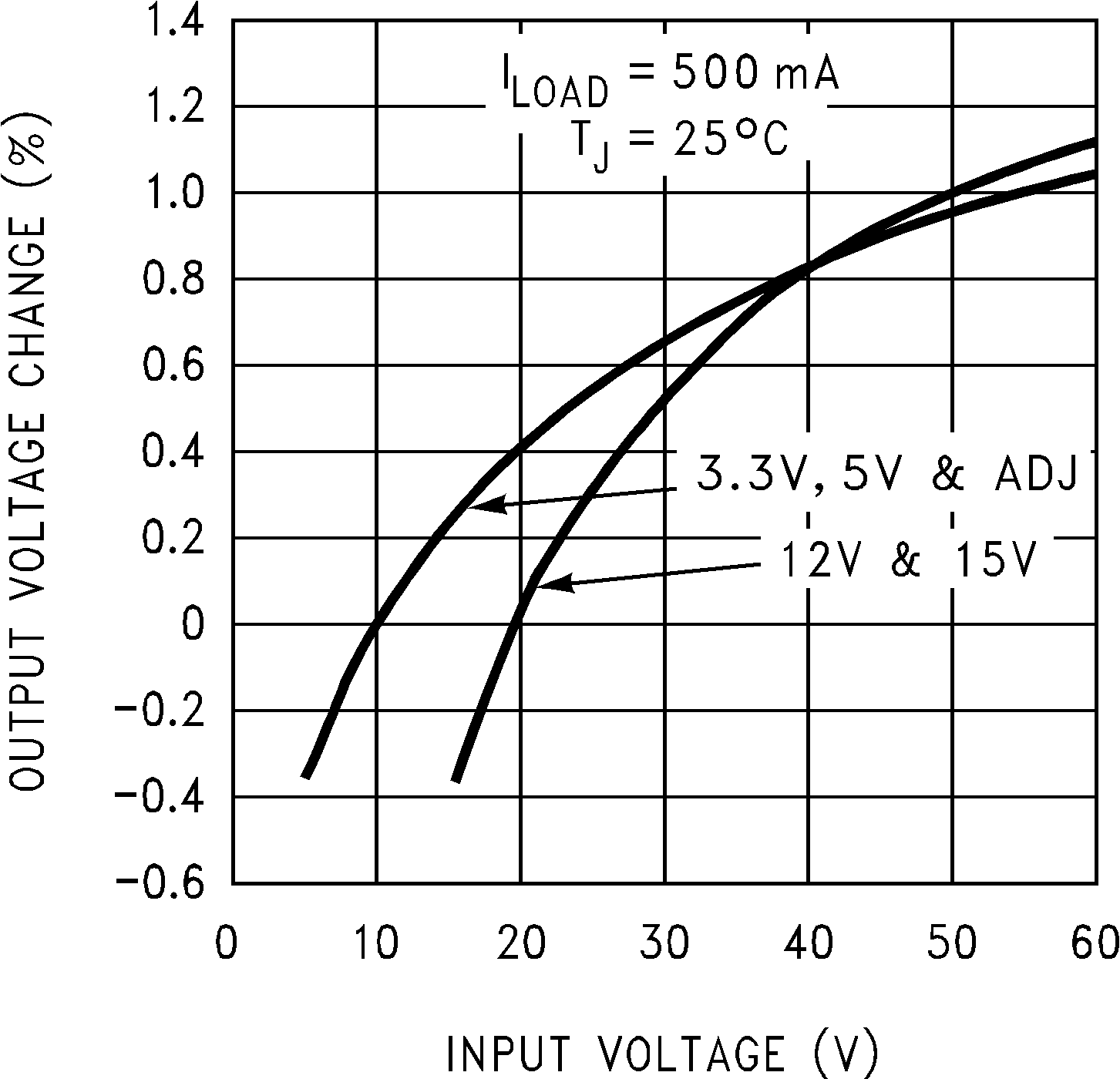
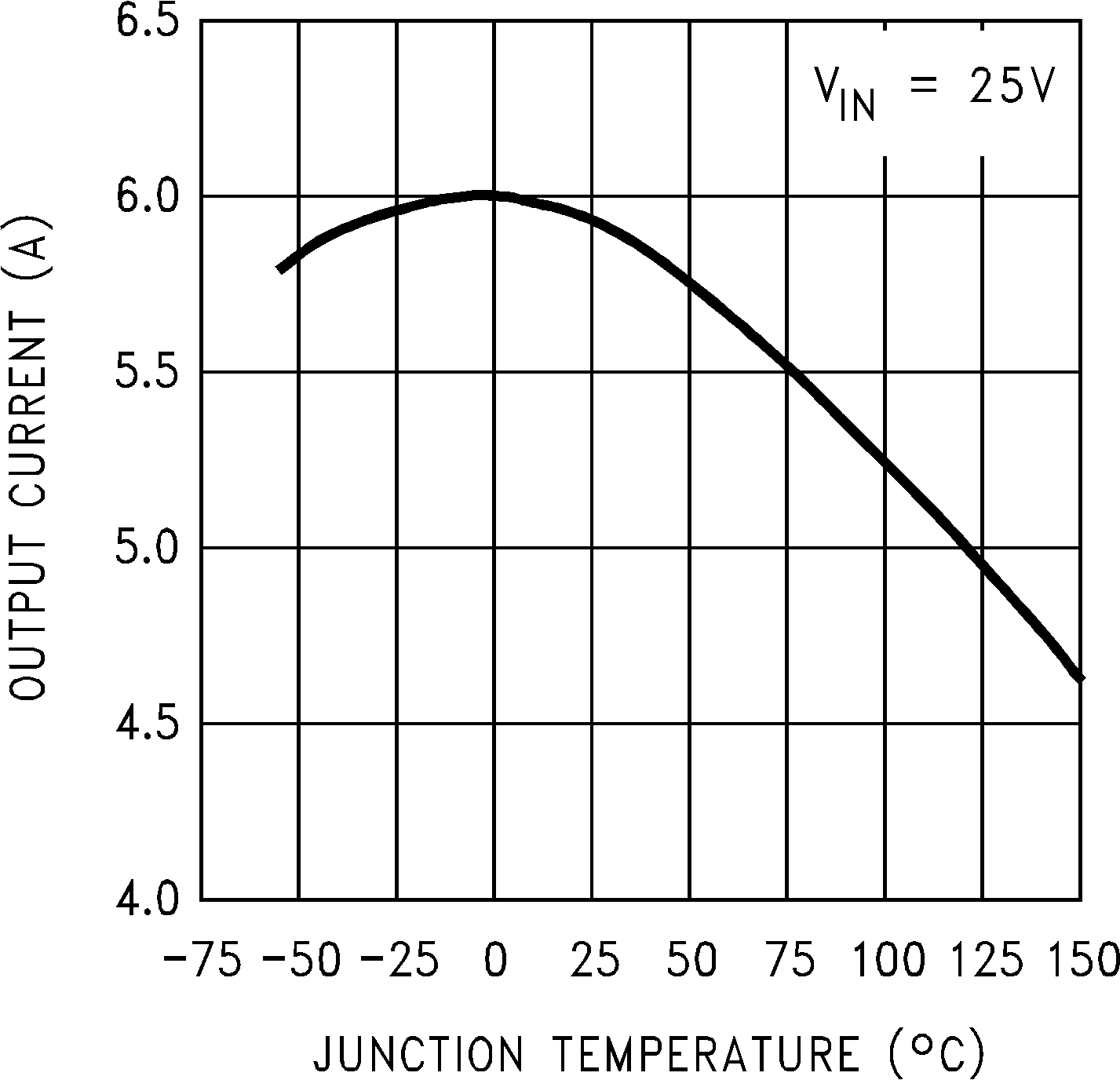
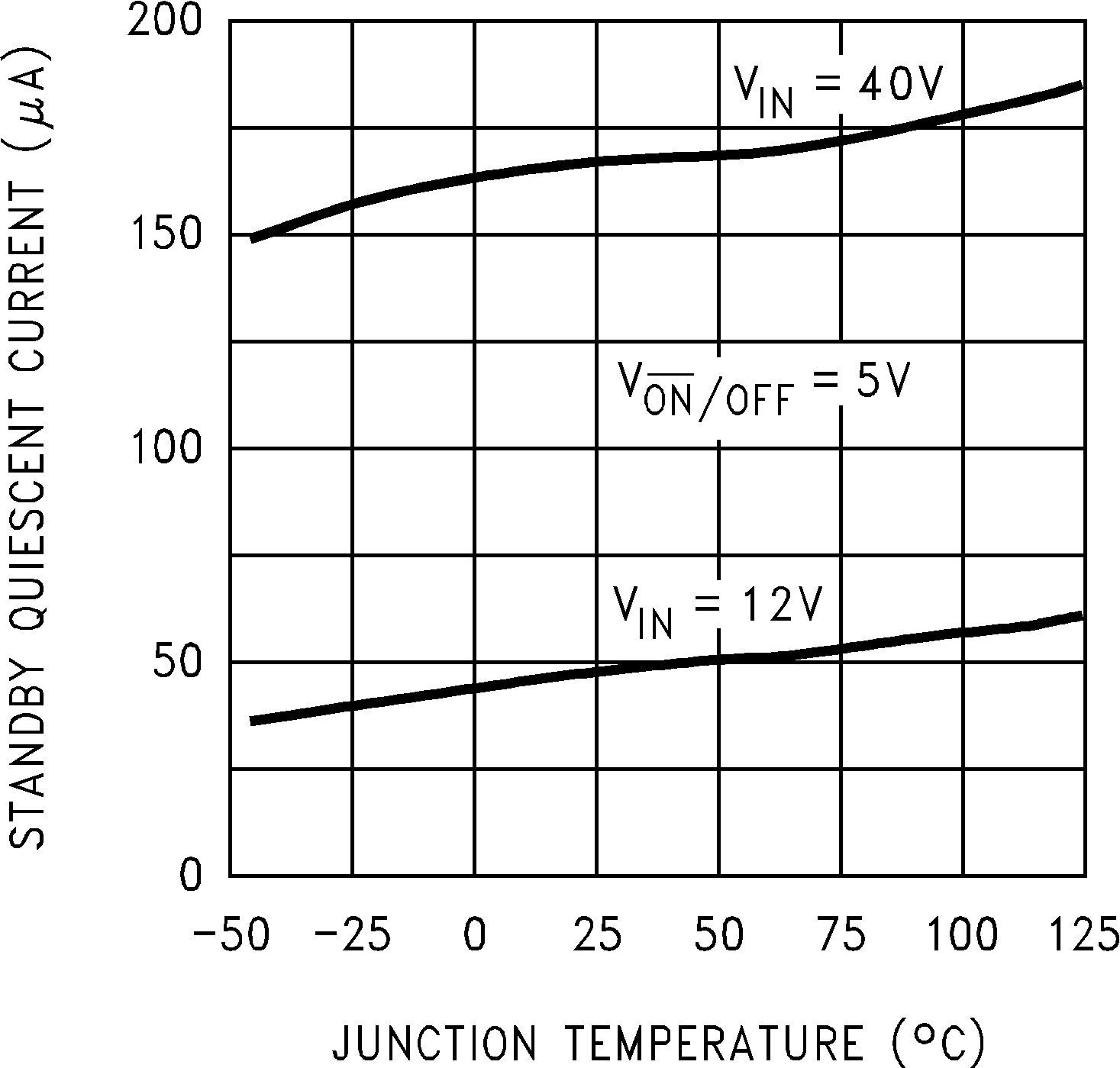
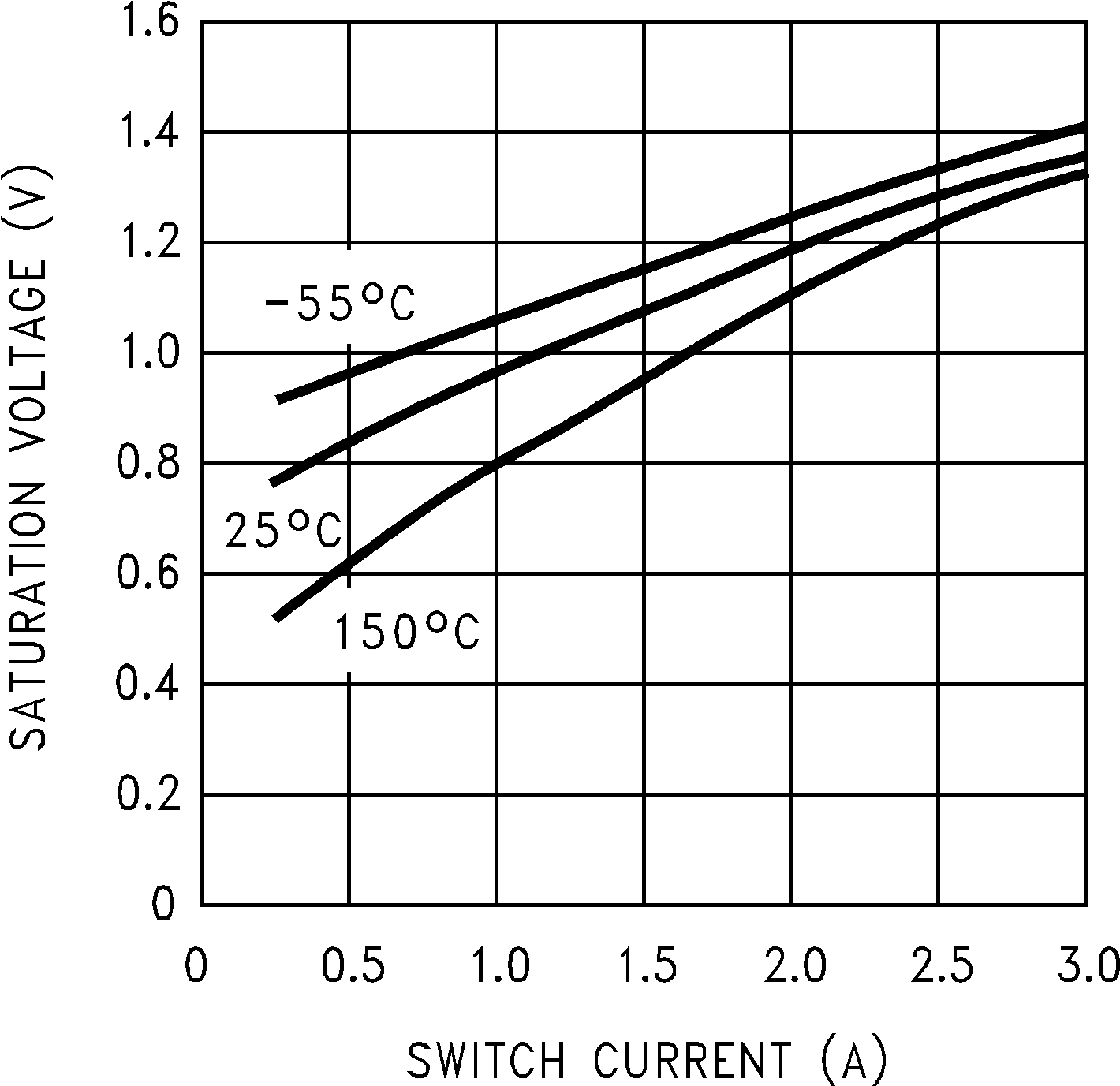



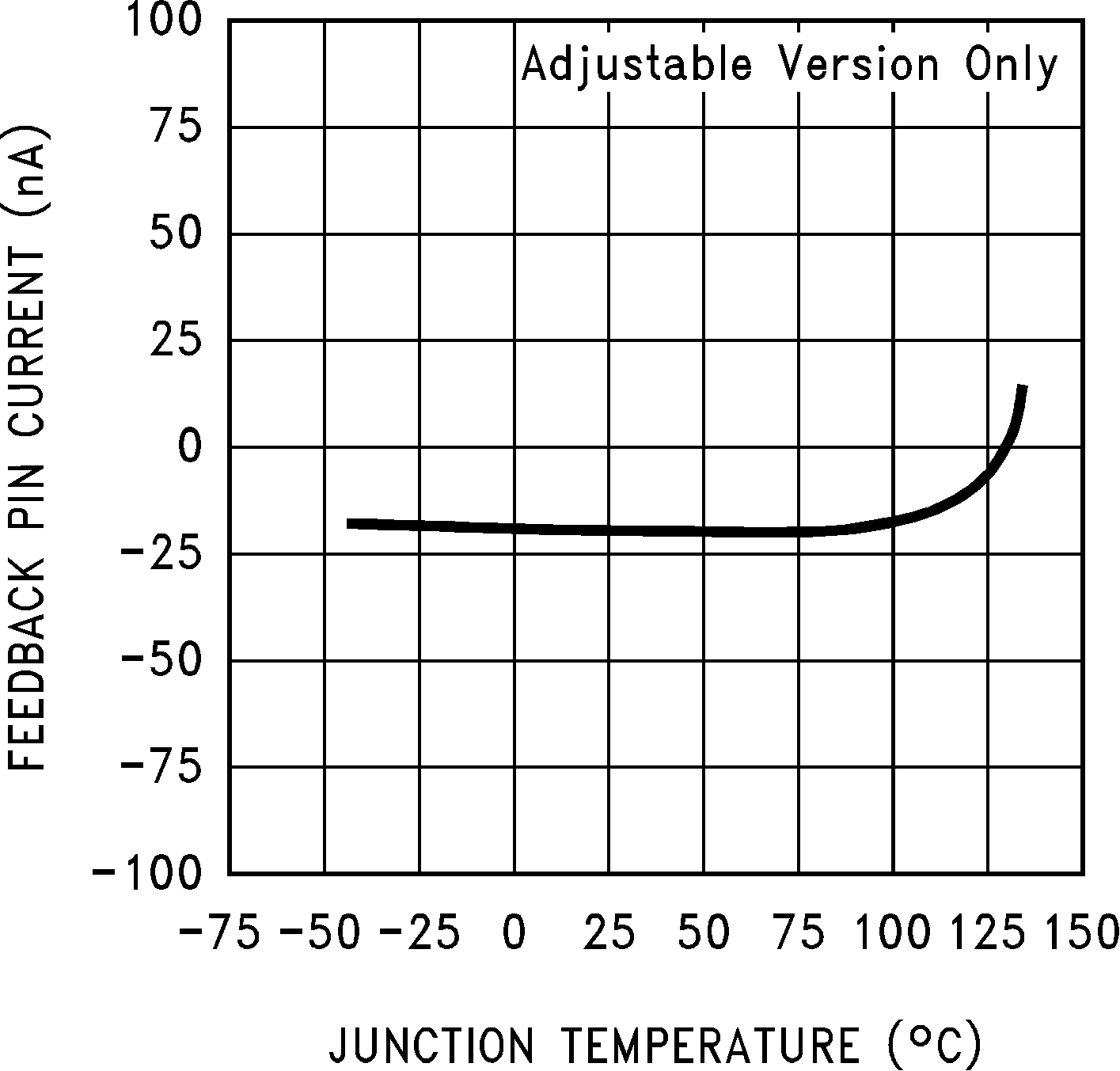
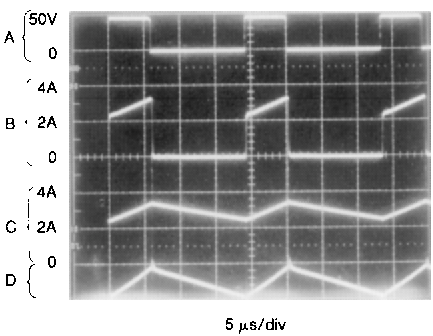
VOUT = 15 V A: Output Pin Voltage, 50 V/div B: Output Pin Current, 2 A/div C: Inductor Current, 2 A/div D: Output Ripple Voltage, 50 mV/div, AC-CoupledHorizontal Time Base: 5 μs/div
Figure 6-18 Switching Waveforms